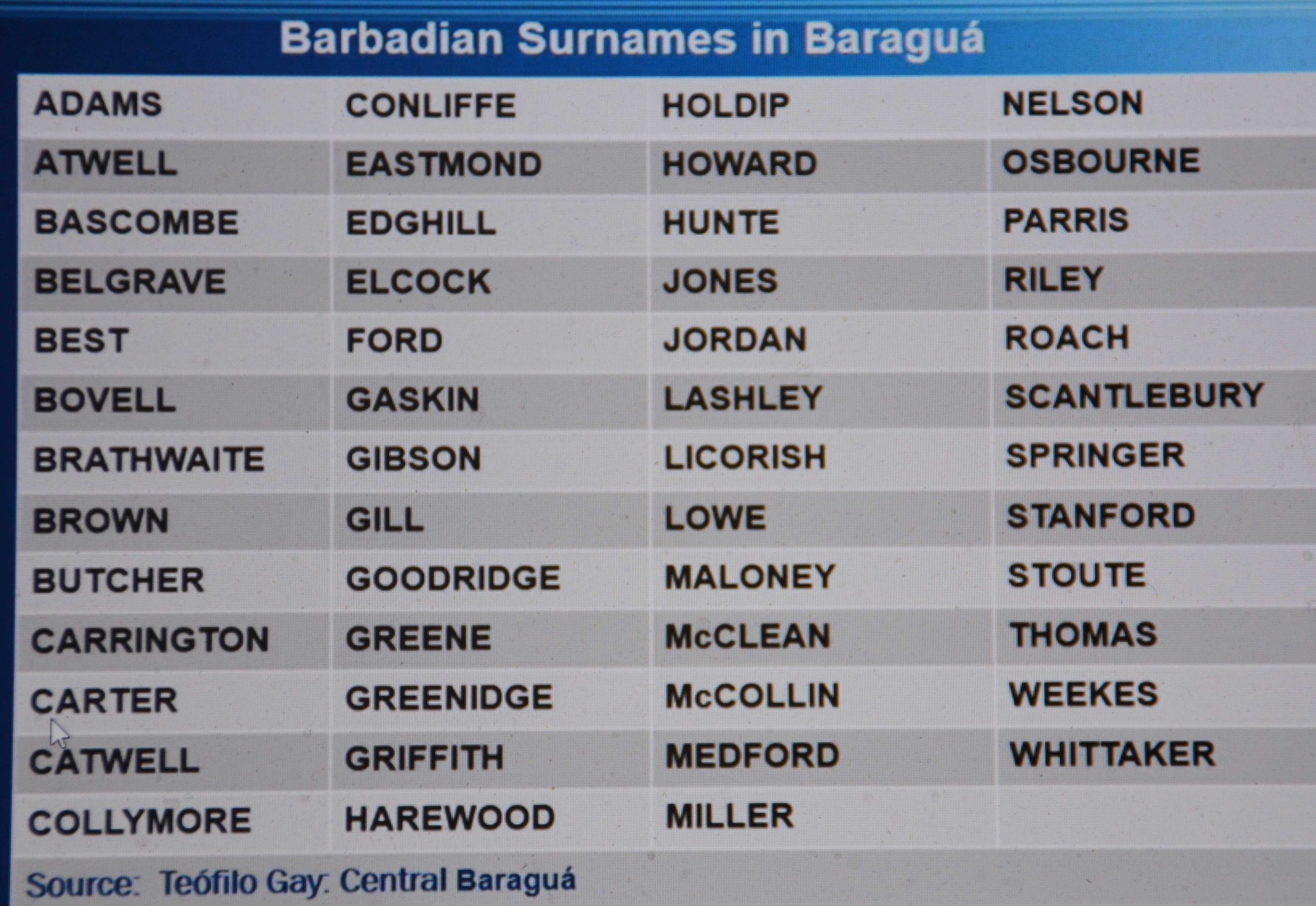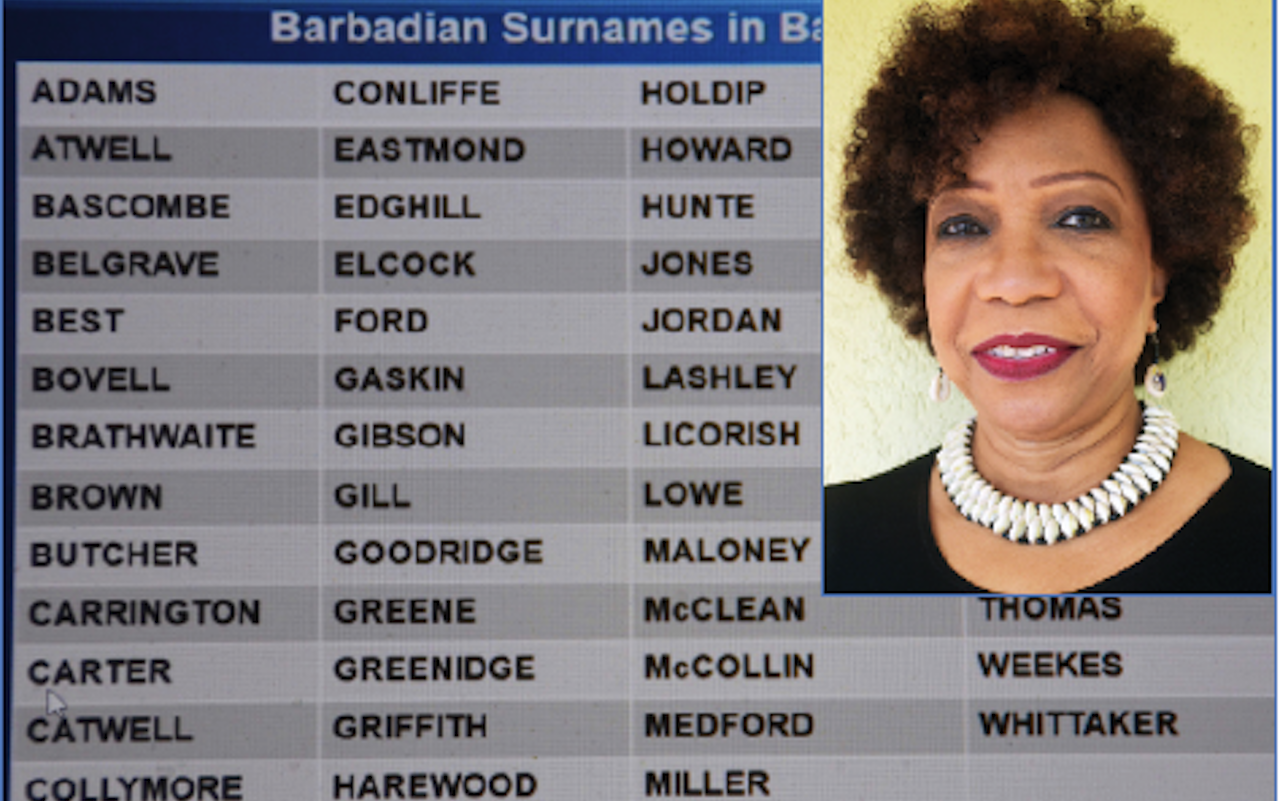by George Alleyne
“After full emancipation in 1838… thousands of former slaves in the British Caribbean began to migrate from their home islands… They sought higher wages to bring home or better living conditions elsewhere.”
It is unsurprising that Dr Sharon Marshall chose for her opening lines introducing a lecture on Bajan migration, this quote from researcher and writer Bonham Richardson, author of Panama Money in Barbados, because it addresses what Caribbean people have been doing from ‘August Monday’ to now.
Barbadians have a history of venturing as far as Brazil, the Guianas, Trinidad and Tobago, and of course, Panama, and are continuing to seek their fortunes or fresh lives in the United Kingdom while adding North America as the new horizon.
Marshall’s choice quote was a lead-in to her presentation, To Cuba and Back: Journeys from and to Barbados at the Barbados Museum and Historical Society (BMHS). Her mid-week delivery falls within a lecture series organised by the BMHS in collaboration with the University of the West Indies and the National Cultural Foundation, themed Buhbadus ta de World.
Marshall is the author of Tell My Mother I Gone to Cuba: Stories of Early Twentieth-Century Migration from Barbados, a UWI Press: September 2016 novel that placed her among finalists in the 2016 Foreword INDIES Book of the Year Awards, and earned Honourable Mention in the 2018 Casa de las Américas Literary Awards.
The online lecture addressed a period spanning the beginnings of mass Barbadian migration. Sourcing from the Barbados Blue Book, she noted that between 1901 and 1909, there were 24,637 Barbadians leaving the island. They comprised 15,820 males and 8,817 females.
Primarily among reasons to leave was that post-emancipation life had still been tied to the plantation. The American phase of Panama Canal construction, 1904-14, was especially attractive to Barbadian labour; and Cuba, during the phase of American investment in sugar plantations, 1900-25.
Some Bajans travelled directly to Cuba; others moved on there from Panama. The Panama and Cuba migrations are closely linked, Marshall said.

Barbadian migration to Cuba is a tale of determination to get better in life, as exemplified in those who first went to Panama then moved on to the island. Some even returned home, then ventured to Cuba. Others, too young to speak for themselves, used guile to get aboard vessels heading to Cuba.
There is the story of Rufus Hoyte who left for Cuba in 1925 at age 18 to return to Barbados 43 years later.
“Rufus was determined to go just to get some of the silk shirts that his neighbour – Mr Licorish – used to bring back. He managed to make the trip despite his mother’s objections.”
According to Marshall, Rufus combined cunning with his familiarity with community members to get aboard a departing sailing ship undetected and while clambering aboard the vessel shouted to the oarsman of the boat that brought him out “… when you go home tell my mother I gone to Cuba”.
Marshall detailed that the allure of work in Cuba captured the Barbadian imagination shortly after the Spanish-American war of 1838 that left Americans ‘in charge’ of Cuba and a Reciprocity Treaty in 1903 lowered the tariff on Cuban exports to the US.
The resulting flock of US investors to Cuban sugar saw Yankee-owned mills move from accounting for 15 per cent of production in 1906 to 75 per cent by 1929, mainly in the eastern part of the country.
“The labour-intensive cultivation of sugar provided a source of employment of Barbadians and other British West Indians.
“From the turn of the century, the hacendados or landowners had been pushing for importation of labour.”
She cited published evidence of some estates grinding only two to three days a week for want of labour despite the good pay.
“The cane is being lost because there is no one to cut it,” a newspaper writer stated.
Many landowners, however, favoured white labourers from Spain and the Canary Islands. But in 1917, President Mario Menocal “approved immigration legislation which opened the door for the black West Indians”.
She reported that Alejandro de la Fuente, writing on Immigration and Race in Cuba estimated that “between 1917 and 1931, some 300,000 Haitians, Jamaicans and other workers from the Caribbean region entered the country to work in the sugar plantations”.
Among those making it possible, especially for Bajans to arrive, were G.S. Archer, labour recruiter; Nightingale, labour recruiter; George P. Harding, passenger agent; Hanschell & Co., agents; A.J. Hanschell, Consul for Cuba.
Giving an example of Barbadians moving around in search of betterment at that time, Marshall spoke of Earl Alonzo ‘Panama Greaves’ who was born in Panama in 1913 and brought to Barbados by his parents as a toddler. He then “left Barbados with his mother and siblings in 1925 to join Mr Greaves who had migrated to Cuba and was living in Ciego de Avila”.
“I remember good good good when mama decided that morning. We are preparing to go down tomorrow to go out to Cuba. We start from St Philip. Family come down to greet us, you know, and take us down to the wharf,” ‘Panama Greaves’ told Marshall.
In testimony to Barbadians moving around, fleeing the continued misery of slavery despite a post-emancipation Barbados, on the family’s arrival in Cuba his ‘Mama’ recognised one Joseph Goodridge, a Bajan whom she had known from Panama.
At the Ciego de Avila train station there was a bar run by a Mr Lord, a Barbadian from St Joseph.
Part II Monday




